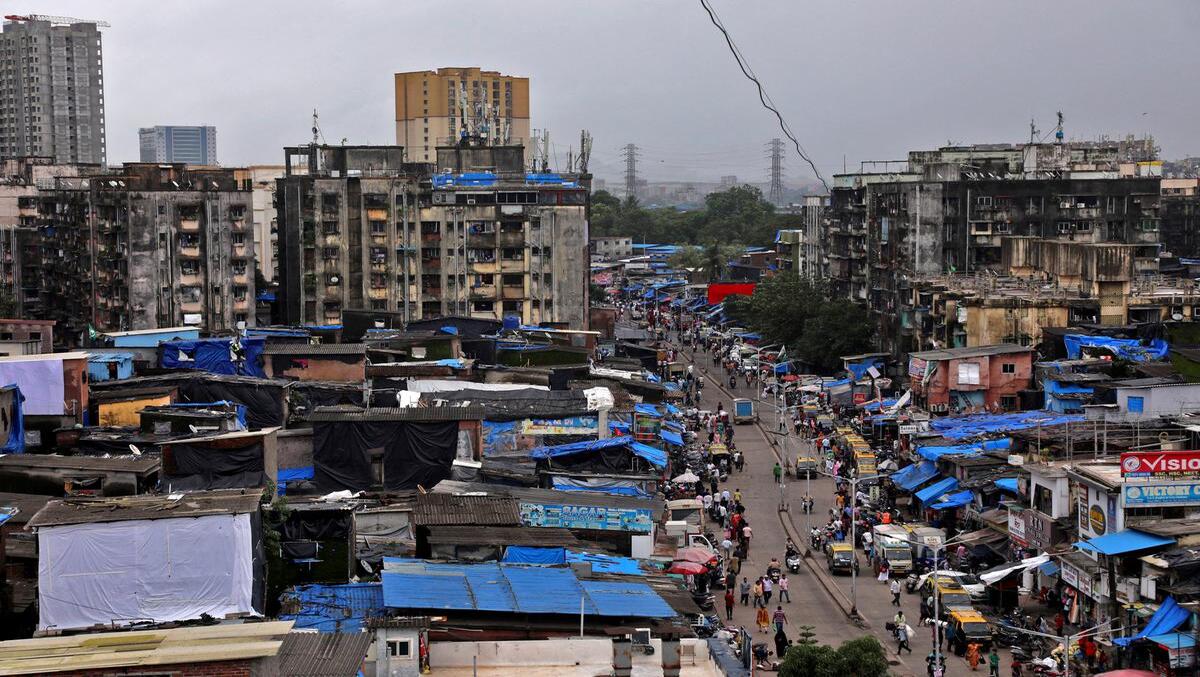Context:
National Statistics Office (NSO) announced in late August that GDP had increased in the April- June quarter at an annual rate of 7.8%. The most euphoric cheerleaders predicted growth to accelerate to 8%. Even conservative forecasters routinely project GDP growth between 6% and 7%. This GDP- centric framing of alleged Indian economic success is wrongheaded.
Gross domestic product (GDP):
GDP is a monetary measure of the market value of all the final goods and services produced in a specific time period by a country. It is most often used by the government of a single country to measure its economic health.
Issues with a GDP-centric approach:
- GDP is a flawed metric of national economic welfare. It hides inequalities and deflects attention from acute job scarcity, poor education and health, unlivable cities, a broken judicial system, and environmental damage.
- For India, ‘fastest growing’ growing GDP should be a trivial achievement. India as the poorest of the major economies should grow fastest. But, it has failed to consistently do so. In fact, contrary to the hype, GDP growth has slowed sharply over the past two decades. The problem has been weak mass demand.
Pre-COVID and Post-COVID:
- Indian GDP grew at an annual 9% rate in the mid-2000s as historically high world trade growth lifted all economies. A financial sector- real estate- construction bubble added froth to that growth. This was unsustainable.
- Growth slowed to 6% after the global financial crisis of 2007-08 as world trade decelerated quickly. By 2012-13, GDP growth had fallen to about 4.5%, but growth for that year and the next three jumped courtesy of a mysterious data revision in January 2015.
- The slowdown from the heady 9% GDP growth in the mid-2000s to 3%-4% before the pandemic reflected severe weakness in demand. That weakness manifested in the glaring drop in private corporate fixed investment from a peak of 17% of GDP in 2007-08 to 11% in 2019-20.
- Private corporations cut back investments recognising that domestic consumers, fearful of job and earning prospects, had constrained purchasing power, and foreigners had only a limited appetite for Indian goods.
- In the post-COVID19 years, the economy has bounced around. If we consider the latest four quarters over the four quarters before COVID, the annual growth rate (of the income and expenditure average) is 4.2%. If we compare only the latest quarter over the quarter before COVID, the annual growth is just above 2%.
- The telltale sign of post-COVID demand weakness is the further drop in private corporate investment to 10% of GDP in 2021-22; analysts believe that it has remained anaemic in 2022-23.
- Meanwhile, to maintain consumption, households have slashed their savings rates to 5.1% of GDP, from 11.9% in 2019-20. Those eligible for credit cards are racking up worrying levels of debt. And with an overvalued rupee and world trade barely crawling ahead, Indian exports have been falling.
Need to bolster demand:
In the glow of a fake high growth story, government policy has tried to revup supply rather than bolster demand through good jobs, more human capital investment, and functional cities. Unsurprisingly, the September 2019 corporate tax cut, sops like PLI schemes, and shiny flyovers and highways have failed to revive corporate investment. Increased fiscal reliance on indirect taxes, which erode purchasing power, has aggravated demand.
Conclusion:
A sober analysis of GDP growth just before and after COVID points to a medium term annual GDP growth forecast of 3%- 4%. Unfortunately, a domestic elite and international media narrative of “high growth” will continue, as will policies in opposition to India’s needs.

.jpg)


Comments (0)